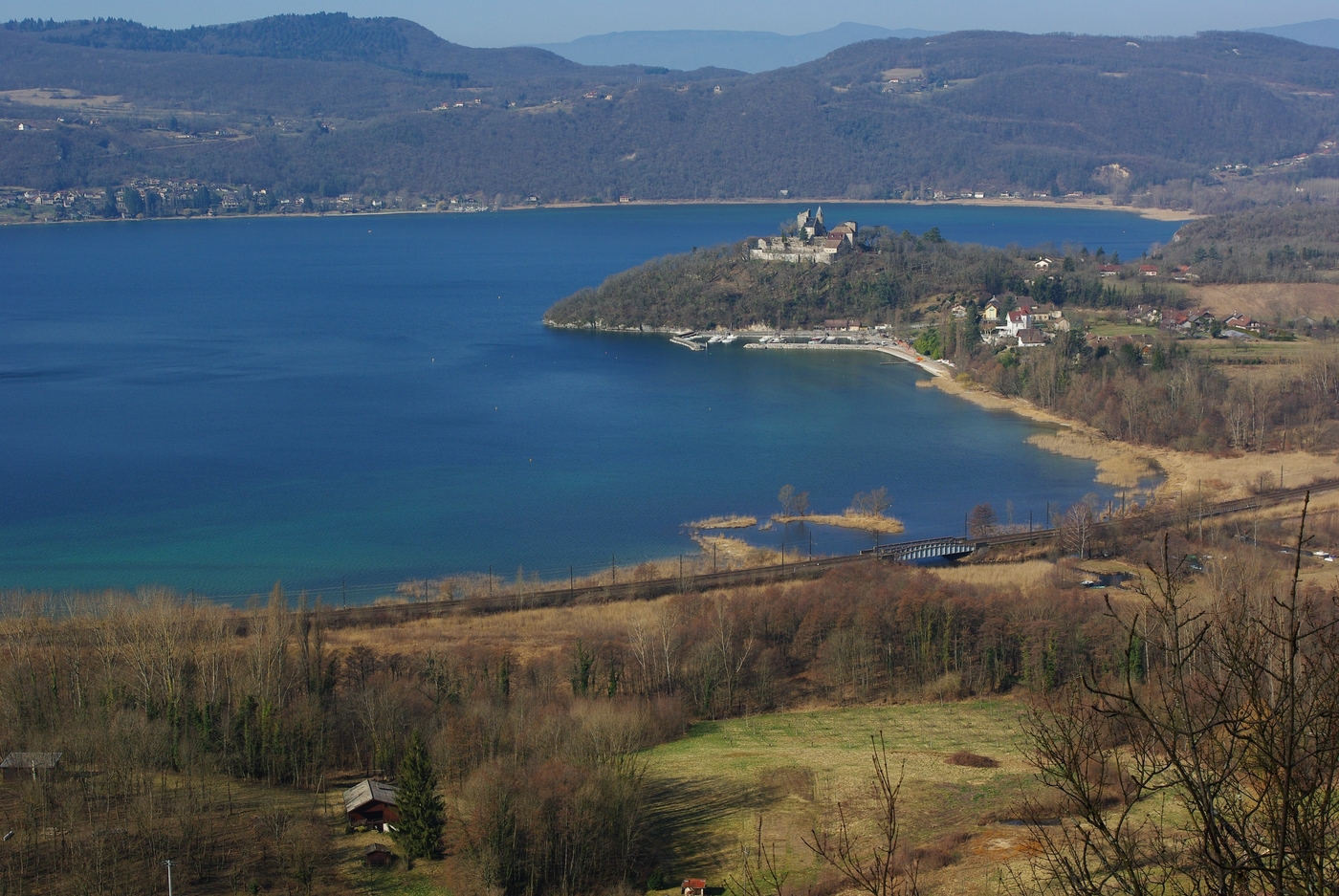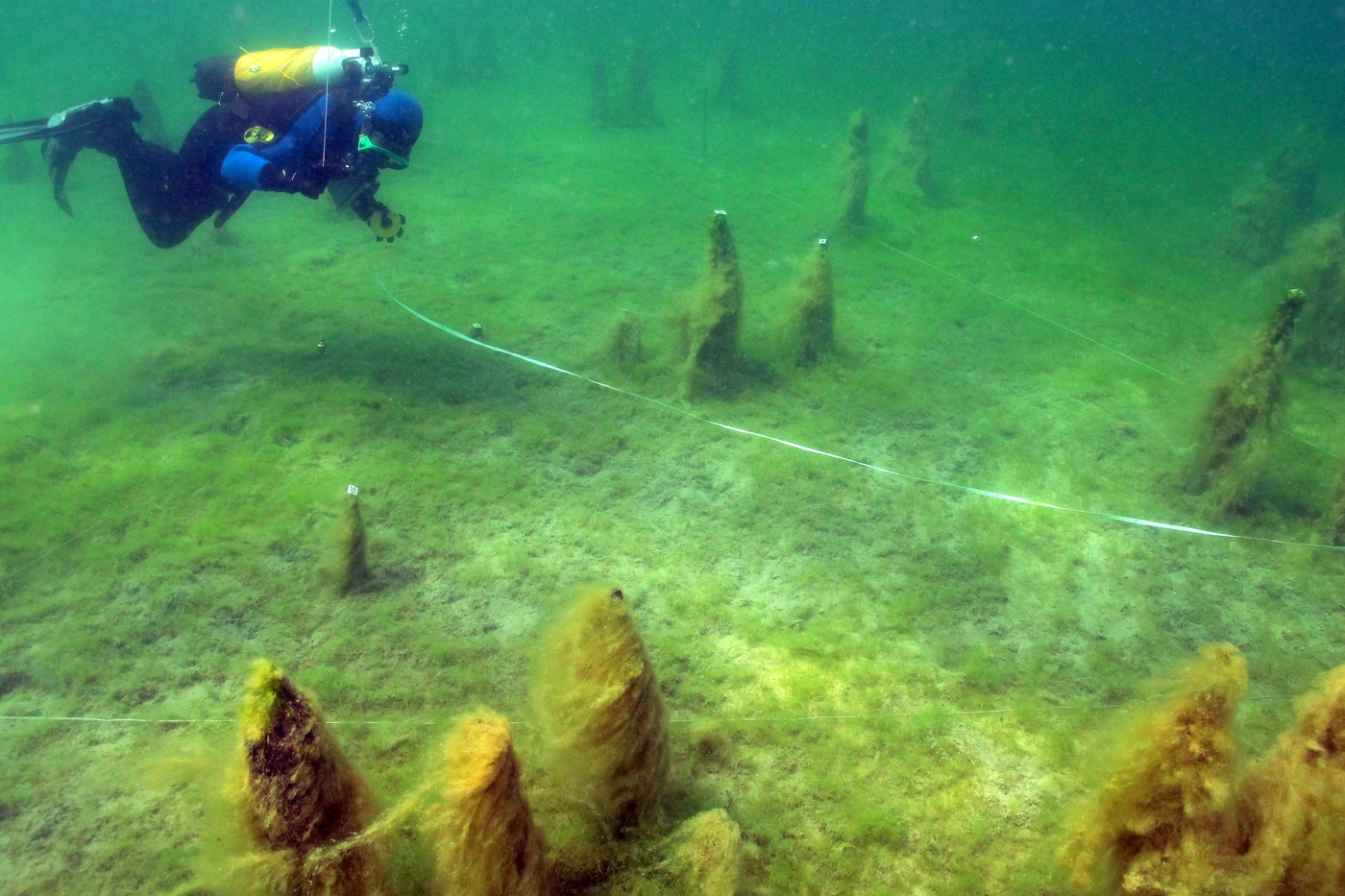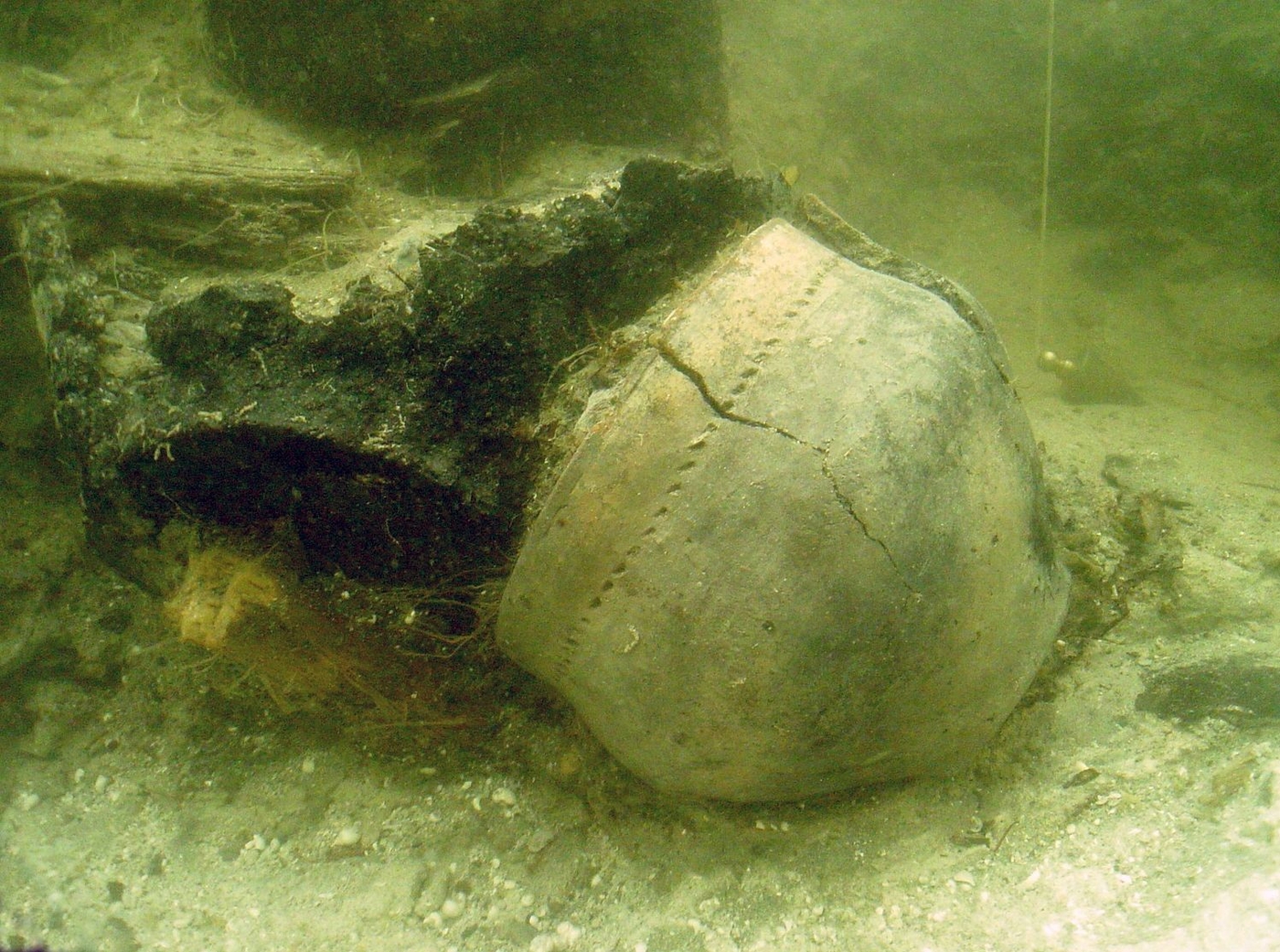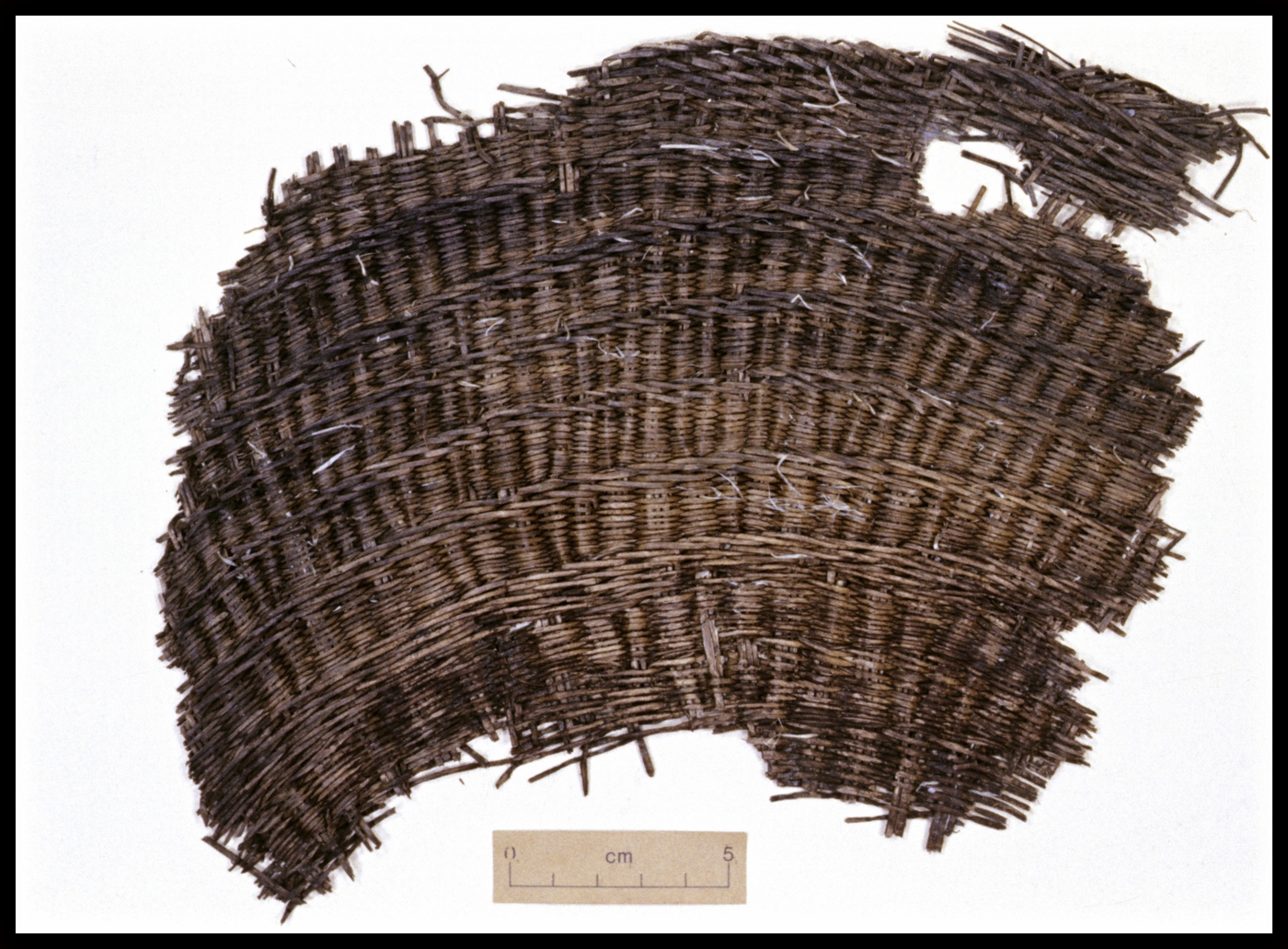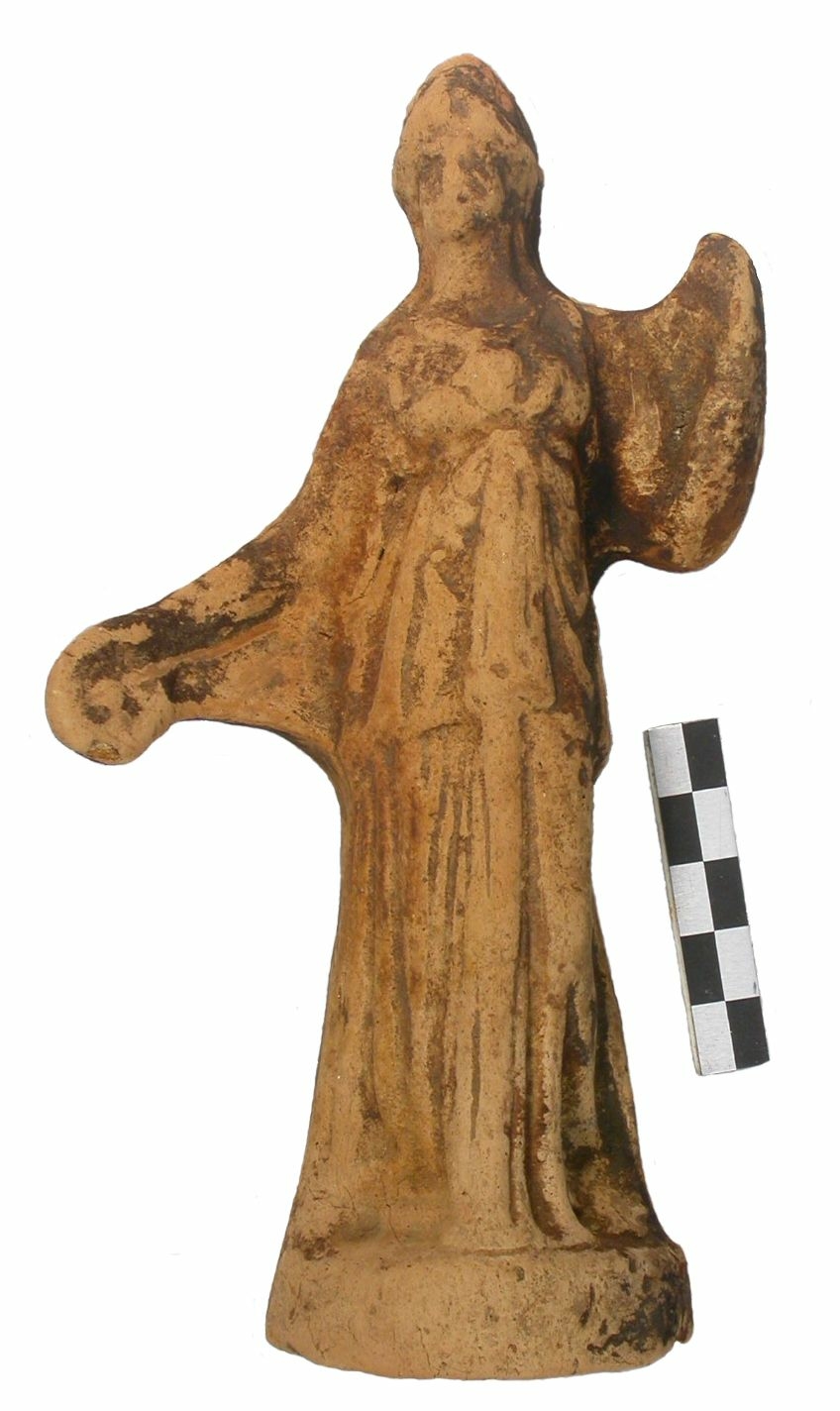Fresh water archaeology
The beds of lakes and waterways conserve the remains of the long history shared by humans and these aquatic spaces. Thousands of objects from every period in time, often extremely well preserved, attest to the many uses made of water, from navigation and fishing to habitats, crossings, hydraulic mechanisms, and even belief systems.

Researching and studying heritage hidden in lakes and waterways
Climate change has changed aquatic environments in many ways, particularly through a process of erosion, which compromises the integrity of remains. This challenge has made the need for archaeologists to record this heritage hidden both beneath the water and sediments even more pressing.
Visitors to the website can discover the methods used to explore inland waters, including the study, excavation, conservation and presentation of this underwater heritage. Conserved on river beds, this heritage is extremely rich, as demonstrated by the types of objects found by archaeologists in the Saône. This is why this section is devoted to it.
The flow of water and time: habitats, uses and navigation
Stretches of fresh water are strategically important. Humans have always taken advantage of the resources they offer.
This website invites visitors to discover the remains of different kinds of constructions, including habitats, bridges, fords, fish weirs, mills and quays, and vessels, such as plank-boat wrecks and dugout canoes.
Visitors can also admire the remains of lake villages. Prehistoric pile-dwelling sites listed by Unesco, but also mills on piles or boats, along with multiple objects lost or deposited attest to ancient beliefs, and provide insight into the daily lives of the people who lived and traded on the river.
Visitors also learn more about the work of researchers and how the questions to which they are seeking answers change over time.




